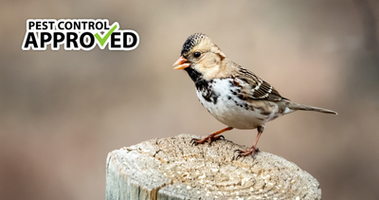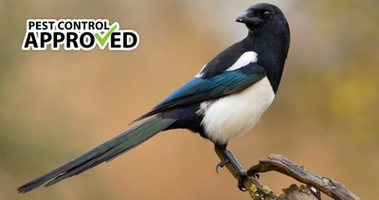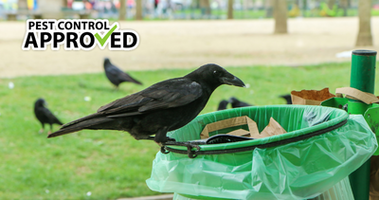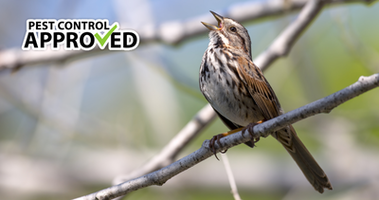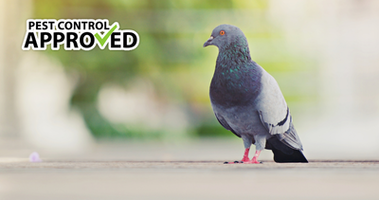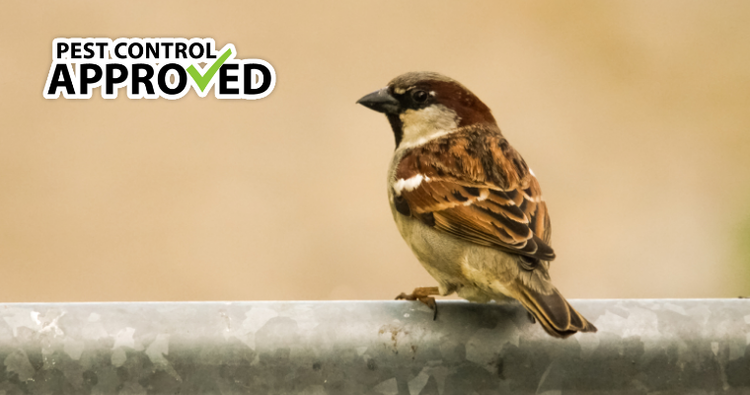
House Sparrows
When people think of sparrows, they usually think of the common house sparrow. It is one of the most successfully introduced species in the word. It has adapted well to various climates and its immune system can fight off most threats. Originally from Europe, house sparrows were introduced to New York in 1852 to control the linden moth, a common crop killer. Like many introduced species, the house sparrow quickly spread over North America.
NAME: Passer domesticus
LOCATION: Native: Europe, Middle East
INVASIVE: North America, Australia, South America, New Zealand
HABITAT: Various, generally dry
DIET: Omnivore
SIZE: 14 to 18 cm
PREDATORS: Falcons, hawks, owls, domestic animals
LIFE EXPECTANCY: 3 years in wild
Size
House sparrows are a compact bird, about 14 to 18 cm long with a wingspan of 19 to 25 cm. The females are smaller than the males. Sparrows tend to be larger in colder climates.
Appearance
Sparrows are small birds with round heads, full chests, and short, yellow bills. They display stark sexual dimorphism with males being larger and more brightly colored. Males have a grey crown, white cheeks, and a black bib. They frequently have a black mask around their eyes. They also have a chestnut stripe along the white parts of their face. Their wings and backs have brown and black stripes. Females have fewer colors, with a duller brown on their back and wings and grey on their bellies. They may have some striping on their backs, but it is muted. Juveniles look similar to adults but have a deeper brown color on their back and throats. Both male and female juveniles have white patches on their throats.
Diet
Sparrows have a widely varied diet. Their usual diets include grains, fruits, and insects. They will eat any kind of grain but prefer oats and wheat. When caring for hatchlings, sparrows require insects in their diet. They primarily consume beetles, aphids, earthworms, and ants. Sparrows also eat berries such as grapes and cherries. They require grit like stones, eggshells, or snails to help them process their diet. In North America, they are frequently seen eating yellow flowers, although it is unknown why.
Habitat
House sparrows live in urban areas and farmland. They do not inhabit dense forests or the tundra, but they have adapted to pretty much everywhere else. But they have particularly adapted well to drier climates. They have a high salt tolerance and can receive their needed water from berries in a drought. Sparrows are known to frequent wheat fields to eat the grain as well as urban centers where human garbage or commercial bird seed is a primary food source. They build their nests in eaves or house crevices Often, they take over old nests of migratory birds. Sometimes, they will kill the nests’ original occupants. In rural areas, they nest in cliffs, riverbanks, and tree hollows. They also can breed indoors such as in warehouses or garden centers. In cold areas, sparrows often build nests in streetlights or other man-made structures to stay warm.
Reproduction
Sparrows begin breeding in March. They can breed at a young age, usually the first breeding season after they are born. However, their chances of successful breeding increase as they age. Unmated males will build or find a nest and call for a female mate. The female flies away from the male, attracting males to fly after her. Once the female chooses a male, they are mated for life.
Sparrows lay up to six eggs at a time. These eggs are white, blue-white, or greenish-white with brown or grey spots. They are about 20 mm in length and 15 mm in width. These eggs are incubated for 11 to 14 days depending on the outside temperature. Once hatched, the hatchlings stay in the nest for 11 to 23 days. Both parents feed the hatchlings and keep them warm until they mature. In warmer climates, sparrows have up to 4 broods per year. In colder climates, they have one to two broods per year.
Predators
Because sparrows live in urban areas and feed in groups, they have relatively few predators. Their main predators are domestic animals and birds of prey. While hawks and owls prefer larger prey, certain species such as the sparrow hawk, choose smaller prey. They attack near feeders where they can scatter sparrows and catch the slow, panicked ones. Owls attack at night when diurnal birds are vulnerable. Racoons and snakes target sparrow eggs and young, primarily in eastern North America. Squirrels also occasionally kill nestlings or steal eggs, but this usually occurs when food is scarce.
More commonly, sparrows are killed by domestic cats and dogs. Terriers, and other dogs bred to hunt, can kill sparrows on the ground. They usually target old, infirm, or juvenile birds. Cats likewise hunt sparrows on the ground but can also target nestlings in trees. In North America, domestic cats kill thousands of birds each year; sparrows are no exception.
Lifespan
Sparrows only live for two to three years in the wild. They have a high mortality rate among hatchlings. Only 25% of hatchlings survive to breeding age. The high mortality rate is because of predation, falls from the nest, and disease. The oldest sparrow on record was 19 years old. In captivity, the oldest sparrow was 23.


